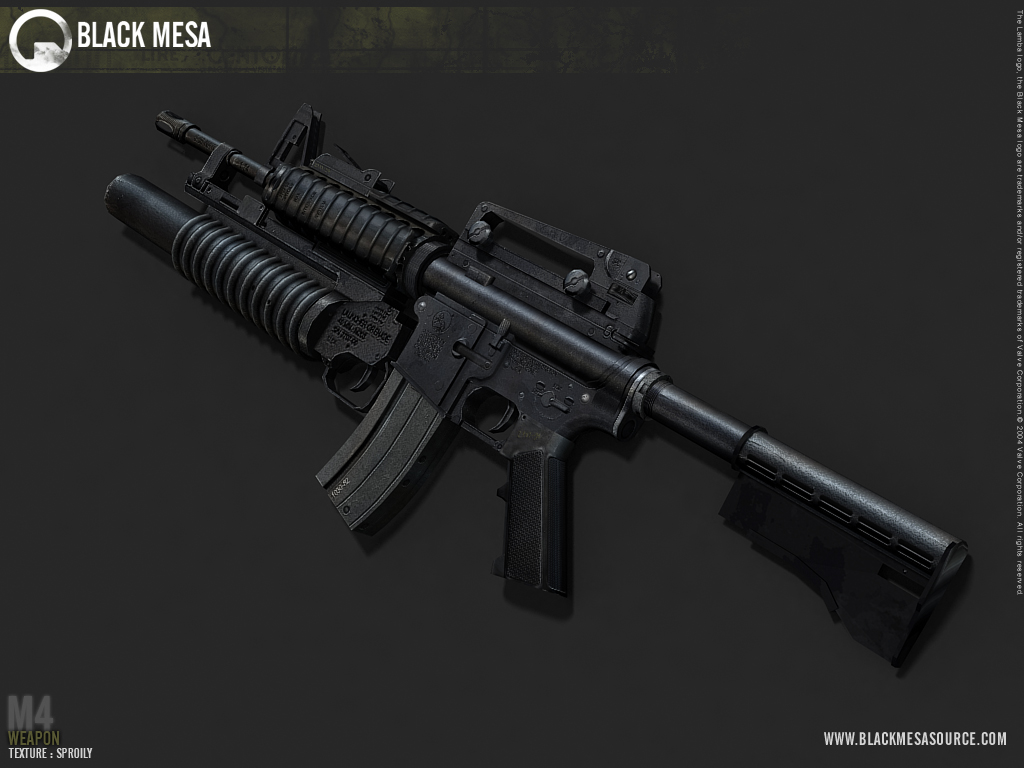
 Standard Zombies can be dispatched with relative ease - they will go down within five hits in Normal mode, while Poison Zombies approximately fifteen - as long as one moves out of the way of their slow attacks.
Standard Zombies can be dispatched with relative ease - they will go down within five hits in Normal mode, while Poison Zombies approximately fifteen - as long as one moves out of the way of their slow attacks. 
This aids in its use as a melee weapon, making moving targets much easier to hit.
The crowbar need not be aimed directly at the enemy to hit, instead one must only face in the general direction of the target. This tactic can also be dangerous to use against large groups of Headcrabs, although if one has sufficient room behind, moving back while the Headcrabs jump will stagger the group, allowing for an easier kill. This requires precise timing, since the window in which this can be executed is small - too slow, and the Headcrab will cause damage - too soon, and the crowbar will miss, leaving the player vulnerable. The second way, and arguably the more skilled method, is to hit the Headcrab out of the air as it jumps for the player. While it is the simplest way to deal with them, it is less effective in more confined spaces, or against large groups of them. If the Headcrab is unaware or is recovering after a missed jump, one can sprint towards it and hit it as soon as it is in range. In this case, there are two typical ways with which to deal with them: Thus, the crowbar is a very effective weapon against even large groups of Headcrabs. This is also the case in Half-Life: Source, but only on the Easy and Normal difficulties. In Half-Life 2 and its episodes, Headcrabs appear to have an innate weakness against the crowbar: despite their ability to withstand a couple of bullets before dying, they will always die with one crowbar hit, regardless of their current health (whereas in Half-Life they need two or four hits, depending on the difficulty). This tactic is also effective in Half-Life: Source against most enemies such as Alien Grunts and Vortigaunts, but not against Zombies. In fact, the soldier will be unable to attack with his melee as long as the player is continuously hitting him. If the player has managed to successfully engage the soldier in hand-to-hand combat, the latter will be dispatched relatively quickly. Using it against Combine Soldiers is generally not a good idea unless he is on his own and within range. The crowbar is also a handy backup weapon if an enemy gets within range or if one's ammo is low - it is generally enough to deter small targets. In combat, it is very effective against light opponents, such as Headcrabs or slow opponents, such as Standard Zombies. It is ideal for clearing obstructions, smashing objects, knocking padlocks off gates, etc. The crowbar is generally more useful as a tool than a weapon. It is also quite hard to hit them with objects – especially the Fast Headcrab. However, the crowbar is still faster at destroying barricades and boardings on passages, and it is also better at killing Headcrabs, as any variant dies with one whack, while three punts are needed with the Gravity Gun. The Gravity Gun may substitute the crowbar in Half-Life 2 and its Episodes as a backup weapon, considering it is a safer and quicker way to deal with almost all sorts of enemies if heavy objects are available. The lack of ammo required aids in its use as a backup weapon. It can be swung at a relatively fast rate and does not appear to use up stamina. It is a very simple device - a length of iron or steel hexagonal rod, one end forged into a curve and furnished with a split wedge for prying nails, the other end hammered into a simple flat wedge for general prying and levering. 
Originally a tool, it has been reused as a surprisingly effective melee weapon, useful against smaller and/or lone enemies, or when the player is short on ammo. Freeman wielding his trademark crowbar in front of the Tentacles in Silo D.







 0 kommentar(er)
0 kommentar(er)
